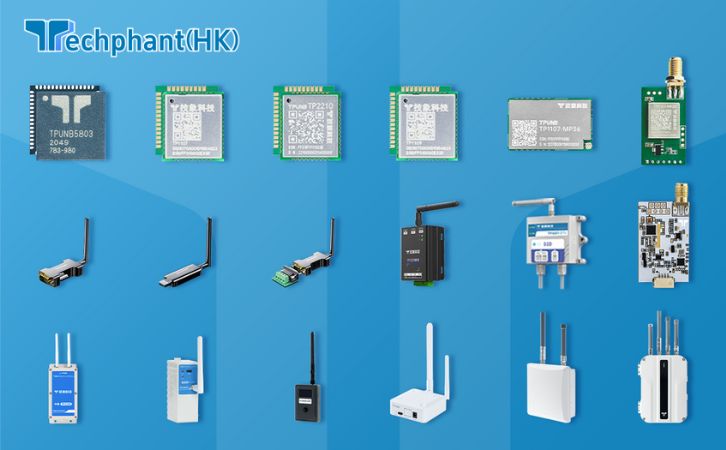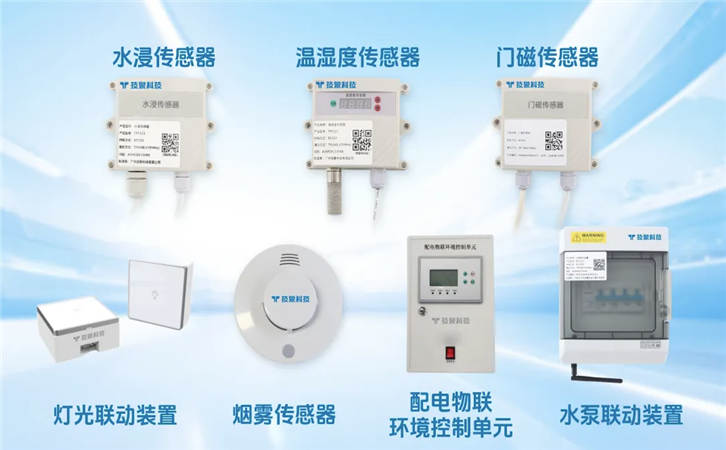The Internet of Things (IoT) relies on efficient, lightweight communication protocols to enable seamless data exchange between resource-constrained devices, gateways, and cloud platforms. Two prominent protocols, MQTT (Message Queuing Telemetry Transport) and CoAP (Constrained Application Protocol), have emerged as cornerstones for IoT communication, particularly in scenarios requiring low bandwidth, minimal power consumption, and reliable data delivery. These protocols address the unique challenges of IoT environments, such as intermittent connectivity and limited device resources, while supporting diverse applications from smart homes to industrial automation. This article examines how MQTT and CoAP drive efficient IoT communication, exploring their architectures, use cases, strengths, and limitations.
I. Understanding MQTT: The Publish-Subscribe Paradigm
MQTT is a lightweight, publish-subscribe protocol designed for efficient communication in low-bandwidth, high-latency, or unreliable networks. Operating over TCP/IP, MQTT uses a broker-based architecture where devices (clients) connect to a central broker to exchange messages. Devices publish data to specific “topics” (e.g., “sensors/temperature”), and other devices or applications subscribe to those topics to receive updates. This decoupled model ensures scalability, as publishers and subscribers do not need direct connections.
MQTT’s efficiency stems from its minimal overhead and support for three Quality of Service (QoS) levels: QoS 0 (at most once, no guarantee of delivery), QoS 1 (at least once, with acknowledgment), and QoS 2 (exactly once, with a four-way handshake). For example, a smart thermostat might use QoS 0 to publish frequent temperature updates, minimizing overhead, while a critical industrial sensor might use QoS 2 for guaranteed delivery of alerts. MQTT’s low power consumption suits battery-operated devices, as it allows them to enter sleep modes between transmissions. Security features like TLS/SSL and authentication ensure data protection, though these increase computational demands. MQTT’s reliance on TCP, however, can introduce latency in unstable networks, and the need for a persistent broker connection may strain resource-constrained devices.
II. Exploring CoAP: The RESTful Approach for Constrained Devices
CoAP, designed specifically for resource-constrained IoT devices, operates over UDP to provide a lightweight, RESTful communication model similar to HTTP. Standardized by the IETF, CoAP enables devices to send requests (GET, POST, PUT, DELETE) to resources identified by URIs, making it intuitive for developers familiar with web APIs. For instance, a smart light might expose a resource like “/light/status” to report its state. CoAP’s use of UDP reduces overhead compared to TCP-based protocols like MQTT, making it ideal for networks with limited bandwidth or high packet loss.
CoAP supports two message types: confirmable (requiring acknowledgment) and non-confirmable (fire-and-forget), offering flexibility akin to MQTT’s QoS levels. Its multicast capability allows a single request to reach multiple devices, which is useful for applications like smart lighting control in a building. CoAP also includes an observe feature, enabling devices to subscribe to resource updates, mimicking a publish-subscribe model. Security is handled via DTLS (Datagram Transport Layer Security), though its implementation on low-power devices can be challenging due to computational overhead. CoAP’s simplicity and low footprint make it suitable for constrained environments, but its reliance on UDP can lead to reliability issues in critical applications without proper network design.
III. Applications and Use Cases in IoT Ecosystems
MQTT and CoAP power a wide range of IoT applications by addressing diverse communication needs. MQTT excels in scenarios requiring reliable, event-driven data exchange, such as smart home automation. For example, in a smart home system, MQTT enables a motion sensor to publish alerts to a topic like “home/security/motion,” which a cloud server and mobile app subscribe to for real-time notifications. Industrial IoT also leverages MQTT for telemetry, with sensors in a factory publishing machine health data to a broker for predictive maintenance, using QoS 1 or 2 to ensure data integrity.
CoAP, by contrast, is prevalent in constrained environments like smart agriculture or wearables. In a soil monitoring system, CoAP-enabled sensors might use GET requests to report moisture levels to a gateway, leveraging multicast to query multiple sensors simultaneously. CoAP’s observe feature allows a gateway to receive periodic updates from sensors, reducing polling overhead. In smart cities, CoAP supports applications like streetlight control, where a single command can adjust the brightness of multiple lights. Both protocols are used in hybrid systems; for instance, a smart energy grid might use CoAP for local device communication and MQTT for cloud integration, optimizing resource use and reliability.
IV. Challenges and Trade-Offs
While MQTT and CoAP are highly effective, they face challenges in IoT deployments. MQTT’s dependence on TCP and a central broker can be a bottleneck in networks with intermittent connectivity or limited infrastructure. The broker itself is a single point of failure, requiring robust design to ensure high availability. Additionally, implementing TLS on low-power devices increases energy consumption, which may not suit ultra-constrained sensors. MQTT’s topic-based model also requires careful management to avoid topic sprawl in large-scale deployments.
CoAP’s use of UDP offers lower overhead but sacrifices reliability compared to TCP, as UDP does not guarantee delivery or order. This can be mitigated with confirmable messages, but at the cost of increased complexity. DTLS implementation on constrained devices is resource-intensive, and multicast communication, while efficient, can complicate security and network management. Both protocols struggle with interoperability in heterogeneous IoT ecosystems, as devices may use different protocols or configurations. Scalability also poses challenges; MQTT brokers must handle thousands of connections, while CoAP’s stateless nature requires careful resource management to avoid request flooding.
Conclusion
MQTT and CoAP are pivotal in driving efficient IoT device communication, each tailored to specific needs within the IoT ecosystem. MQTT’s publish-subscribe model and QoS levels make it ideal for reliable, event-driven applications like smart homes and industrial telemetry, though its TCP reliance and broker dependency present challenges. CoAP’s RESTful, UDP-based approach excels in constrained environments, offering low overhead and multicast capabilities for applications like smart agriculture, but it sacrifices some reliability. The choice between MQTT and CoAP depends on factors like network conditions, device constraints, and application requirements. As IoT continues to grow, advancements in protocol optimization, hybrid architectures, and lightweight security mechanisms will further enhance the efficiency and scalability of these protocols, ensuring they remain at the forefront of IoT communication.


